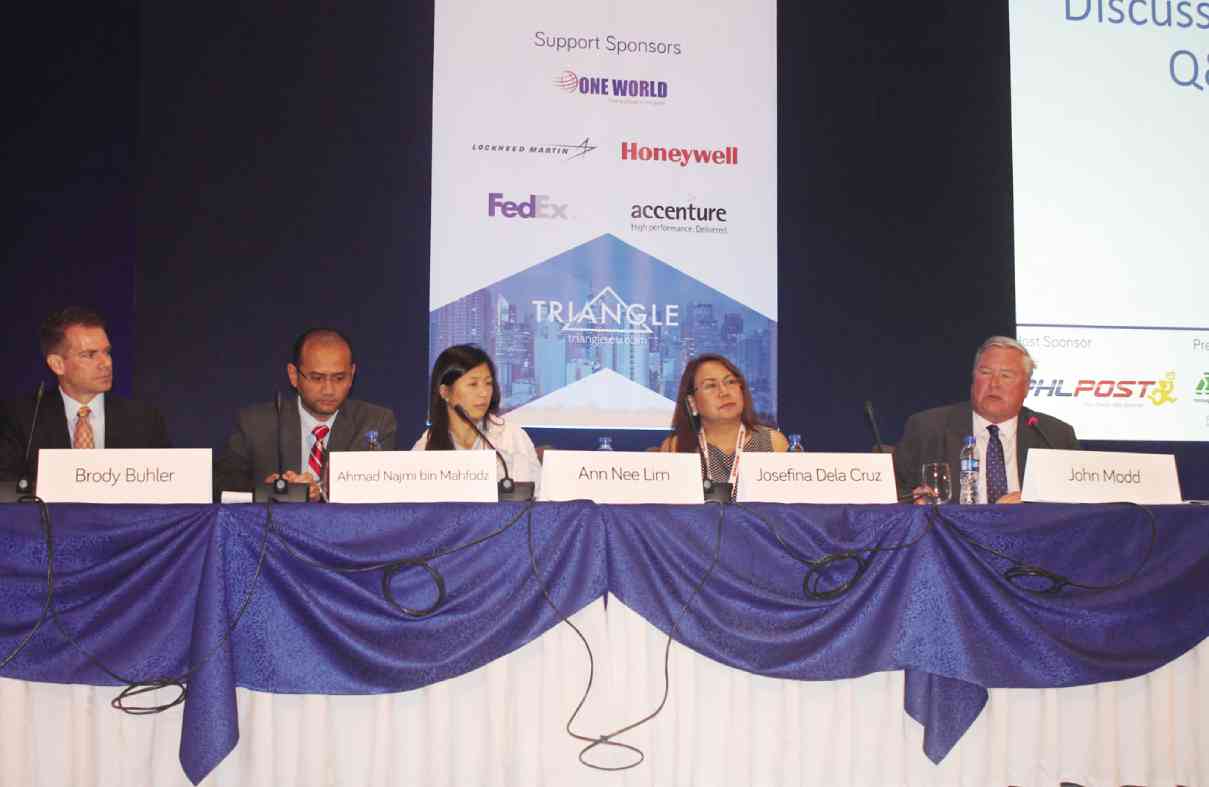PH mail sector can still deliver the goods
CONTRARY to what has been perceived by many, technology did not kill the Philippine mail industry. In fact, the courier business is far from dead—as proven by the boom in e-commerce.
This was how Philippine Postal Corporation (PHLPost) Postmaster General and Chief Executive Ma. Josefina dela Cruz described the resurrection of the industry to the INQUIRER on the sidelines of the recently concluded World Mail and Express Asia Pacific Conference in Pasay City.
“The local mail industry is really growing. It’s a $35-billion business. And given the potentials for e-commerce, especially recognizing our strategic location, there’s a lot of opportunities here—both inbound and outbound,” dela Cruz says.
The ease and convenience of purchasing products online, attracting both local and international consumers, have saved the industry, especially PHLPost, from the brink of bankruptcy.
With nine out of 10 Filipino consumers going online to shop at least once a month (based on a recent Visa data), the delivery of items to buyers has opened up promising opportunities for courier companies.
“The (mail) volumes are already plateauing. For us in PHLPost, it’s not the mails that have increased but it’s really the small packets, little parcels that are growing on account of e-commerce. The volumes are going up as e-commerce is becoming very popular,” she says.
“People will still need the last mile delivery. At the end of the day, especially with e-commerce, you still must bring the goods (and money to consumers) and that’s where we will continue to be,” she says.
The 248-year-old government-owned and -controlled corporation under the jurisdiction of the Office of the President is responsible for providing postal services in the country.
Challenges to modernization
To cope with the rapidly changing business landscape, PHLPost underwent reengineering in 2011 that includes rebranding, modernizing of facilities and vehicles, and offering of new products and services such as its “express mail.”
Still, financial and manpower constraints continue to hamper development among its 1,500 post offices nationwide, dela Cruz says.
“We are slowly improving. Maybe we have succeeded in improving and renovating about 30% of (our post offices),” she says.
She admits they are “still not ready” for modernization, but hopes to bring in fresh capital so the company can “digitize to be able to compete.”
Dela Cruz also says they need to prioritize paying the liabilities that were inherited from the previous administration in 2011, currently amounting to at least P4.5 billion.
“(Development) entails a lot of money. In the order of business, we need to prioritize first paying the liabilities that I inherited, and it’s a lot. So we keep on dividing the resources. If we had more money, we can do it faster. Sadly, we don’t,” she says.
She says, however, PHLPost is grateful of the P1.1 billion assistance fund released by Budget Secretary Florencio Abad.
Another factor impeding PHLPost’s growth is the low technology literacy among its workers, mainly older people.
“Tech is a very important component of our existence now. Competitors have it and unless we [don’t], we will always lag behind. But sadly, our people are not adapting to it as fast as they should,” she says.
Technology as key
Nonetheless, Dela Cruz remains optimistic of the success of PHLPost’s development goals.
She says they have purchased the first batch of 300 smartphones for their staff members and letter carriers. PHLPost is also in the process of making two mobile applications that will enable them to do real-time reporting on deliveries.
“We do a lot of cash movement, it becomes imperative to have real-time information. (Items) have to be reported and acknowledged (upon) delivery. Hopefully, that would upgrade us to the next level,” she says.
The company is also pushing for the advancement of a system of procedures in its cross-border mail services as well as the redevelopment of its Central Mail Exchange Center through the installation of machines for automated sorting processes.
The conference, dubbed the “Apec of global postal leaders,” brought together CEOs, top executives of postal administrations, courier and logistics companies from across the globe and looked at how large and small operators can counter the challenges in the postal industry through technology and e-commerce.


